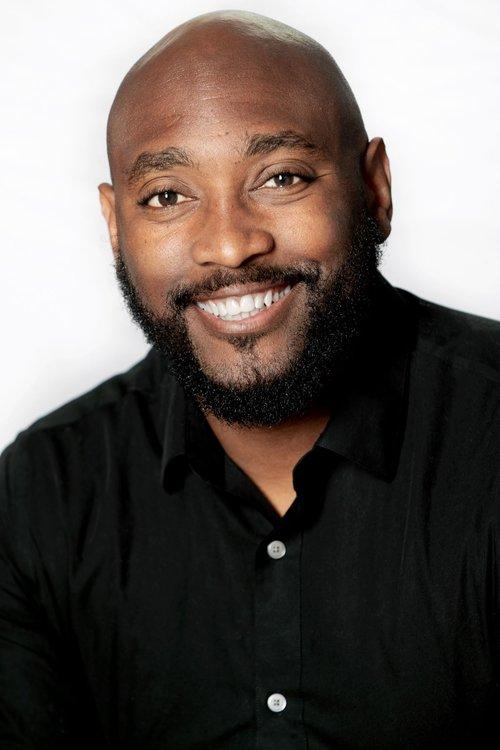Descendants of enslaved individuals discussed the generational historical trauma and emotional responses that came with discovering the stories of their ancestors.
The Oct. 10 event, titled “Identity, Trauma, and Reconciliation: A Conversation with Descendants,” featured five descendants of people enslaved at three D.C.-area historical sites: Tudor Place, a historic Georgetown mansion which preserves the Washington family’s history; Mount Vernon, George and Martha Washington’s home; and Arlington House, once the residence of Robert E. Lee.
Tudor Place and Mount Vernon were once home to hundreds of enslaved men, women and children, while at least 100 enslaved African Americans lived and labored at Arlington House.
The panel discussion was a partnership between Tudor Place’s Landmark Lecture Series, which spotlight the Georgetown neighborhood’s history; Georgetown University’s Art & Museum Studies Masters Program; and Georgetown University Art Galleries, which presents work by faculty, students and artists.
Documentary filmmaker Frederick Murphy, who moderated the event, said that descendants of slaves’ family history research and shared stories can help both descendants and others gain a more comprehensive understanding of slavery in the U.S.
“I just think it’s very beautiful that as descendants of individuals who were enslaved, they are able to gather and create a sense of unity here,” Murphy said at the event. “Individuals in the community and our units, as well, who have similar family experiences or are just interested in the topic can get a better understanding as to what chattel slavery was like in the United States of America.”
The panelists consisted of Ann Chinn, a descendant of Barbra Cole Williams and Hannah Cole Pope, enslaved at Tudor Place; Steve Hammond, a descendant of the Syphax family of Mount Vernon and Arlington House; Vince Carter, a descendant of enslaved individuals; and Karl Haynes and Jerolyn Cole, both descendants of John Luckett, a gardener at Tudor Place for 44 years.
Carter said he feels a duty to tell the story of his ancestors enslaved at Mount Vernon.
“I try to tell the story of them, and there are things that really give me the chills up and down my spine as I began to learn some of these things about my ancestors,” Carter said at the event. “That’s why I really think it’s so important that you’ve decided to come here to talk to this panel about our shared pain.”

Hammond said a conversation with his cousin about their family’s connection to George Washington and his role in slavery ignited his interest in researching his family’s history.
“What those conversations did with that cousin sent me on a 50-year journey to try to decipher fact from fiction from folklore, and so it’s been my quest to figure those things out,” Hammond said at the event. “You need to know your history, and you need to know your relatives.”
While visiting Tudor Place for the first time, cousins Haynes and Cole shared their experiences of trying to connect with the daily life of their ancestor, John Luckett, as he walked from Capitol Hill to Georgetown. They spoke of their efforts to retrace Luckett’s footsteps and the feelings he might have experienced during that time by walking the grounds barefoot.
“Walking through, just the view, I stopped and just wondered, ‘What direction did he come from when he walked from Capitol Hill to Georgetown?’” Cole said at the event. “I took my shoes off and walked on the ground to get that sense of touch of where he walked, and it wasn’t just him there were others that walked the grounds.”
Haynes said being at Tudor Place made him feel emotions that he is unable to put into words.
“As I stood at the gate, I was overcome with so much emotion,” Haynes said at the event. “It was a sense of discovery and questions of, ‘How did he do this day in and day out?’ And I couldn’t put words together.”
Hammond said the trauma slaves experienced still resonates with descendants today, manifesting in contemporary issues like the wealth gap and disparities in economic opportunities, education, housing and employment that disproportionately affect Black Americans.
Hammond said going forward, open dialogue among descendants can provide a path to healing and progress.
“I think trauma is still there,” Hammond said. “I think the way we try to engage with society and tend to tamp down those things and history and its impact is still there.”
Haynes said confronting slavery’s dark impact on modern-day politics and policy is essential for future discussions on healing from generational trauma and racism.
“Everything about history is not going to make you feel good, at all,” Haynes said. “You have to take the good with the bad no matter what, because you can’t move forward until you deal with every side.”
“You can’t not look at the darkness of slavery, servitude and segregation. You have to confront it and you have to talk about it because if you ignore it, you bury it deep, which causes things to happen inside of you that you won’t even notice,” Haynes added. “Until we start to talk about it, you can’t move forward.”














